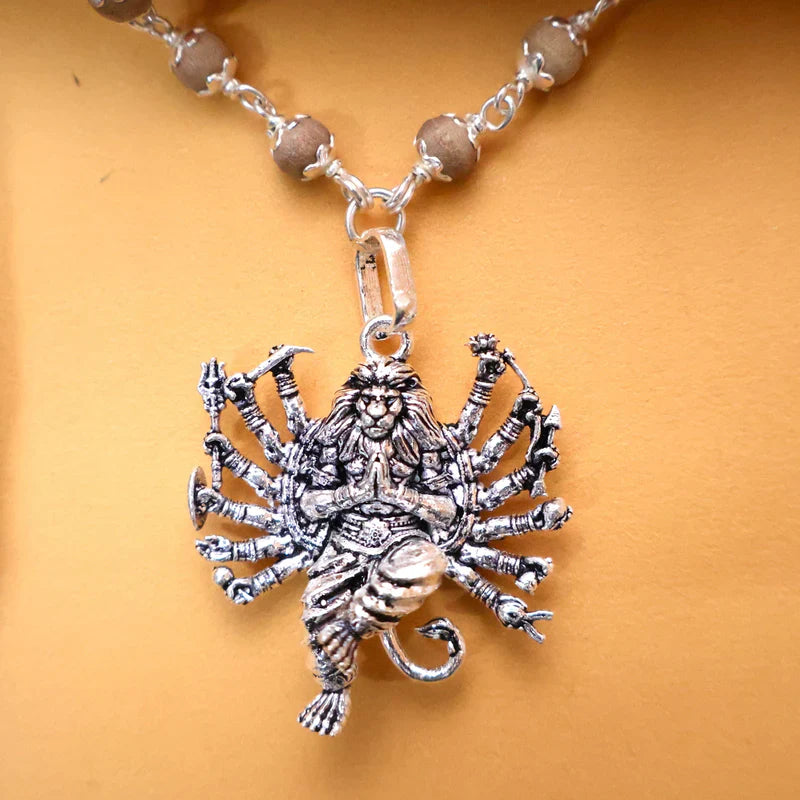In Hindu mythology, the story of creation is not a single event—it is an eternal, cosmic dance. Creation, preservation, and destruction flow in cycles, like the breath of the universe, endlessly repeating, endlessly evolving.
In this grand theatre of existence, the question arises: Who created the universe?
The answer is both mystical and profound. Creation is not the act of one deity alone—it is the interplay of cosmic forces, emerging from the formless, timeless reality known as Brahman.
The Ultimate Source: Brahman – The Unseen, Unknowable One
At the heart of Hindu philosophy is Brahman, the supreme, formless, genderless, infinite consciousness—beyond all forms, yet the source of all forms.
Brahman does not create in the way we understand creation; it simply manifests the universe as a play of energy, matter, and consciousness.
All gods, all worlds, and all beings arise from Brahman’s silent potential, much like countless waves emerge and dissolve back into the ocean.
The Sacred Trinity of Creation
1. Brahma – The Creator God
Emerging from the navel of Lord Vishnu upon the cosmic lotus, Brahma is tasked with shaping the universe, giving form to formlessness, life to lifelessness.
With his four faces, he sees in all directions, representing the boundless scope of creation.
2. Vishnu – The Preserver
Once the universe is created, Vishnu sustains its balance, protecting the righteous and maintaining cosmic order. He descends in avatars, like Rama and Krishna, to restore harmony when chaos prevails.
3. Shiva – The Destroyer and Liberator
When the universe outgrows its purpose, Shiva performs the Tandava dance, dissolving it into stillness, making way for the next cycle. But Shiva’s destruction is not death—it is liberation, transformation, and renewal.
Together, they form the Trimurti, the sacred trinity of creation, preservation, and dissolution—all part of the same cosmic rhythm.
Other Cosmic Narratives of Creation
- Nasadiya Sukta (Rig Veda’s Hymn of Creation)
The ancient sages of the Rig Veda dared to ask:
“Who truly knows how creation happened?
Perhaps even the gods came after creation itself.”
This hymn reminds us that the mystery of creation is beyond even the gods, residing in the unfathomable depths of Brahman.
- Samudra Manthan (The Churning of the Cosmic Ocean)
In another sacred tale, the Devas and Asuras churn the cosmic ocean, giving birth to treasures like Lakshmi (prosperity) and Amrita (immortality)—symbolising that creation emerges from the balance of opposing forces.
Creation Is Not Just Cosmic—It Is Personal
In Hindu thought, the macrocosm and microcosm reflect each other. The universe exists not only outside us but within us. Every thought, every act of love, every prayer is a sacred act of creation, nourishing both the outer world and our inner self.
Thus, wearing silver deity pendants, Rudraksha malas, or yantras is not just adornment—it’s a daily reminder of our connection to the cosmic dance of creation and dissolution.
🕉️ Explore our Sacred Pendant Collection Here and carry a piece of the universe close to your heart.
Trusted References
Because in Hindu mythology,
creation is not the act of a god outside of us—it is the eternal dance within us.
And the one who creates the universe...
Is also the one who lives within your breath, your dreams, your soul.




